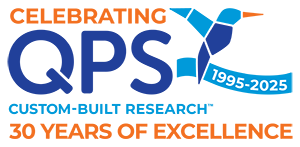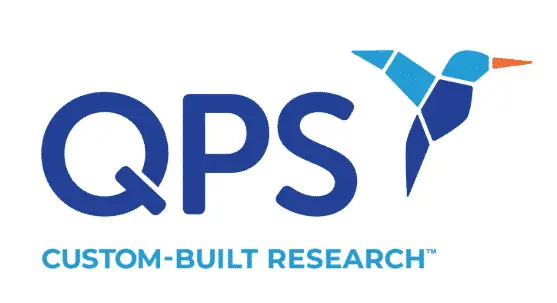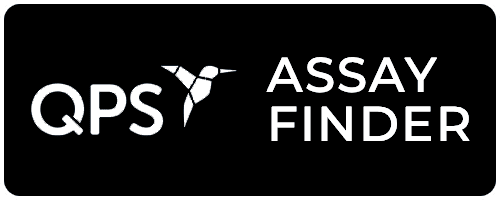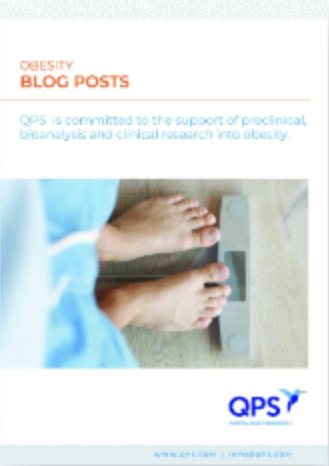The pace of vaccine development against COVID-19 will certainly go down as one of the fastest in our history. In less than a year, a number of vaccines have been developed and distributed that prevent illness from COVID-19. In the U.S. alone, more than 200 million doses of vaccine have been distributed as of April 2021.
These vaccines only prevent illness — they are not designed to halt asymptomatic or other transmission of the disease. Thus, while rates of illness (and hospitalizations and deaths) have dropped in countries where vaccinations are widespread (such as the United States, Israel, and Great Britain) the risks of spreading the virus remain high. The ability of these vaccines to prevent transmission is limited by the vaccine’s targets — intramuscular injections raise the antibody immunoglobulin G (IgG), which triggers antibody and other immune responses to fight the viruses that have already entered the body. Just as this approach does not prevent the virus from entering the body, it doesn’t prevent that active virus from leaving via the airways – the typical route of transmission for SARS-Cov-2.
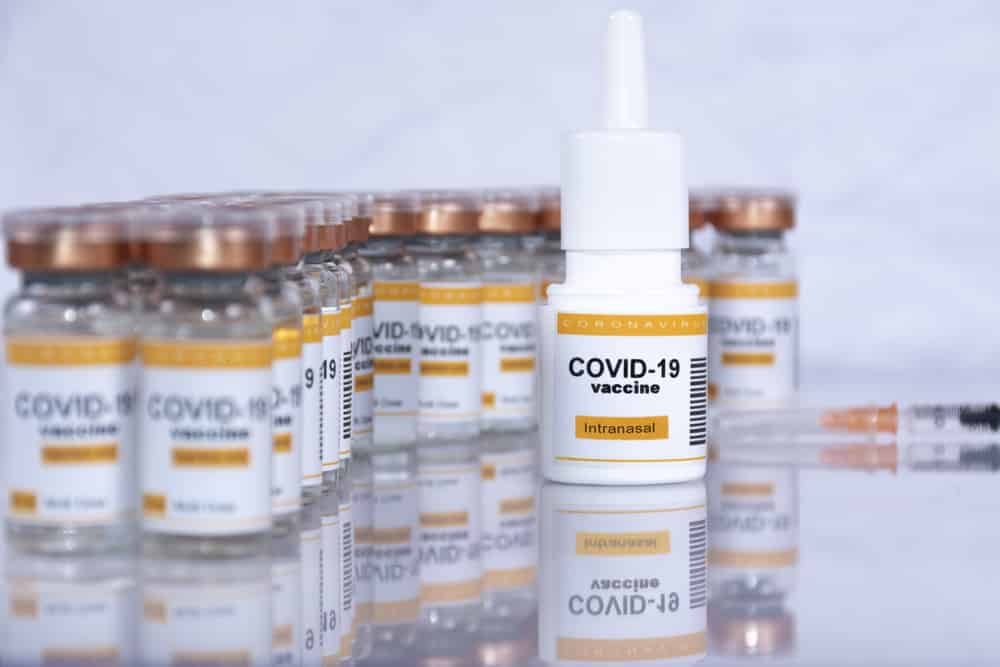
Other vaccine developers, however, are looking at preventing the coronavirus from being transmitted by focusing on the nose and respiratory tract. An intranasal vaccine would trigger immune responses in the nose, throat and lung mucosa by targeting immunoglobulin A (IgA), antibodies which exist solely in the mucosa. The mucosa acts as a physical barrier to potential pathogens, trapping them before they have a chance to enter the body. Given this, the intranasal vaccine would prevent transmission from exhaled droplets or aerosols, as there would not be virus in the body to exhale.
A study published in Science Translational Medicine in January 2021 showed IgAs in the nose and mouth neutralize the incoming coronavirus more effectively than does IgG and other studies have affirmed a stronger immune response from IgA than from IgG. People who have been infected with SARS-CoV-2 show an immune response of increased IgG and IgA. Intramuscular vaccination, however, does not raise IgA antibodies and therefore cannot neutralize incoming viruses in the mucosa.
In a study published in Cell earlier this year, researchers at Washington University, St. Louis, found that vaccinations in mice that raised IgG could reduce infections in the lungs, but it was the intranasal vaccination route that raised a more powerful response, virtually eliminating any lung infection or pneumonia.
New Clinical Trials
In the wake of several other successful preclinical studies, five companies worldwide are testing intranasal vaccines in early clinical trials, with more to come. The World Health Organization, which is tracking these clinical trials, shows 91 companies involved in some type of COVID-19 clinical study for vaccines, including nasal route vaccines.
In the U.S., Altimmune, a Gaithersburg, Maryland-based biopharmaceutical firm, announced its Phase 1 clinical trial for AdCOVID, a nasal vaccine. “Delivering vaccine directly to the nasal cavity may stimulate a specialized type of immunity called ‘mucosal immunity,’ which has been shown in a preclinical study to provide sterilizing immunity, that is, complete clearance of the virus from the respiratory tract,” said Scott Harris, Chief Medical Officer of Altimmune in a press release.
Another U.S.-based company, Avalon Biocare, based in Freehold, NJ, is planning to test a nasal COVID-19 vaccine candidate based on its unique technology of combining a cell membrane protein genetically modified to be soluble (and easier to enter cells) with an engineered layer of surface proteins that transmit viral “decoys” and trigger an immune response.
Altimmune’s Harris also emphasized that a nasal vaccine could resolve concerns about whether intramuscular vaccines could remain effective against new variants of SARS-Cov-2. “As the rise of new variants of the SARS-CoV-2 virus is particularly troubling, to stop mutations of the virus we must stop replication and transmission,” he said.
A vaccine that arouses a mucosal response is theorized to stave off the effects of variants more effectively, or even their emergence – and it also offers other potential advantages. First, an intranasal vaccine formulation makes distributing a variant-targeted booster easier, particularly in developing countries or among people who harbor anxiety about hypodermic syringes. Second, because a mucosal response is intended to prevent the virus from ever entering the body, studies cited above have shown that the transmission or mutation into another variant is nearly impossible.
Intranasal: A Familiar Vaccination Route
Vaccines that work through the mucosa are not new inventions:
- The Sabin (and other) polio vaccines are administered orally, aiming at intestinal mucosa where poliovirus enters the body most commonly through water or food contaminated with feces. The original injected Salk vaccine could reduce illness, but not viral transmission.
- The first intranasal influenza vaccine was introduced in 2003. While there was some question into the level of efficacy for the initial trivalent intranasal vaccine, a quadrivalent version introduced in 2018 addressed these concerns. The US Centers for Disease Control and Prevention (CDC) listed this intranasal vaccine alongside intramuscular ones starting in 2019, continuing through the 2020-2021 influenza season.
- In 2014, researchers from China and Texas successfully produced and tested a nasal vaccine that was more effective against Middle East Respiratory Syndrome (MERS) than subcutaneous shots in mice. However, MERS did not end up being nearly as contagious as SARS (or influenza) and most interest in developing vaccines and treatment was abandoned.
The first generation of anti-COVID-19 vaccines have proven to be very effective at preventing deaths and severe illness. Just as the world shifted from the Salk polio vaccine to the currently used oral dose, an eventual shift to nasally administered vaccines against COVID-19 could prove to be the most effective way to stop the pandemic in its mucosal tracks.
Did you enjoy this blog post? Check out our other COVID-related blog posts as well as related topics on our Webinar page.
QPS has CLIA-certified and GLP-compliant laboratories ready to fast-track your novel coronavirus and COVID-19 RT-qPCR/QPCR and Serological Assays and vaccine development programs. Since 1995, QPS has provided discovery, preclinical, and clinical drug development services. An award-winning leader focused on bioanalytics and clinical trials, QPS is known for proven quality standards, technical expertise, a flexible approach to research, client satisfaction, and turnkey laboratories and facilities. For more information, visit www.qps.com/coronavirus or email covid19study@www.qps.com.
